Ancient Bathing: A History of Bathing from Ancient Rome to Modern Day
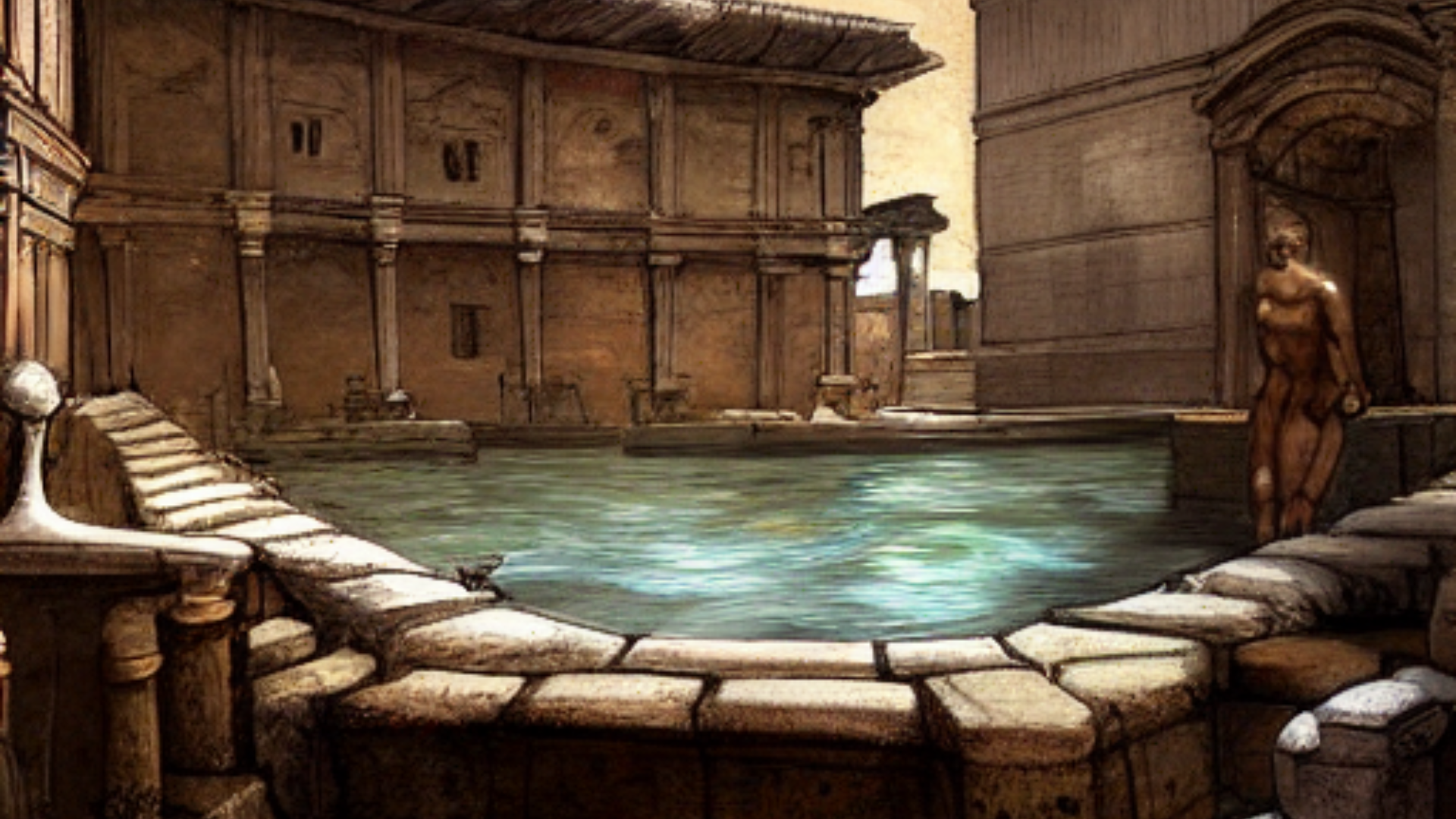
Ancient Bathing: A History of Bathing from Ancient Rome to Modern Day
Far from being unsanitary, bathing began in the ancient world that had advanced customs for cleaning and hygiene. Although some individuals may have gone days or even weeks without cleansing, this has been overstated; in reality, society at the time embraced a religious ritual for washing their bodies related to religion, healing, socializing or simply personal cleanliness.
Incredibly, it was the Ancient Greeks who created and helped develop showers with pipes that ran water through them and over people’s heads. The Greeks also created the first modern public baths. The Romans went further and built aqueducts that provided running water to indoor plumbing systems and bathhouses. These public baths were different from modern public baths and much like spas of today, providing massages, exercise options, entertainment - but also a place for social interaction!
Hygiene has always been linked to power, spirituality and beauty throughout human history - even before science began providing evidence on its medical importance. Remarkably, although we tend to think of a bath as a solitary activity today with sophisticated water systems instead of a public act, it's actually an ancient practice that people have used for centuries not only as a way of keeping clean but also fostering human connection and creating a sense of community.
How Did Ancient People Bathe without soap?
Ancient people bathed without soap by utilizing a variety of natural ingredients and cleansing techniques. It is believed that in ancient Egypt were the first to develop formulas to make soaps, which they used mainly for their ritual purification ceremonies. Before the Ancient Egyptians, people relied on various methods to remove dirt and maintain hygiene.
One common method was using sand or ash in combination with oils such as olive oil, nut oil, and animal fat. This abrasive yet lubricating concoction would be massaged into the skin to create a foamy lather than could be used to cleanse the body. Another popular method involved taking water from nearby bodies of water like seas, rivers, and lakes, then pouring it over oneself while scrubbing.

Prehistoric times
In prehistoric times, humans didn't have showers or plumbing like we do today. People would use rivers and lakes to clean themselves. It was also a way to show power, spirituality, and beauty. Humans have been cleansing in some form or another since prehistoric times. Evidence of this can be seen in ancient paintings, sculptures, and other artifacts. Even though humans didn't have the technology to build showers or plumbing like we do today, they still found ways to keep themselves clean.
The most common way for our prehistoric ancestors like those living in Indus Valley was to bathe was by using rivers and lakes. It is thought that this practice had both a practical and spiritual purpose; it could not only remove dirt from the body but also be used as a symbol of power and beauty. Cleansing in these natural bodies of water also allowed humans to connect with nature, creating a sense of peace and wellbeing.
Religious practices were another way that primitive societies kept themselves clean. In many cultures, it was believed that ritualistic public bathing would purify the soul as well as the body. This could take the form of immersing oneself in a sacred river or lake, covering oneself in mud or dust, or even washing with herbs and plants known to have medicinal properties.
From religious washing ceremonies to public bathhouses - our prehistoric ancestors had complex systems for keeping themselves clean which evolved over time into what we know today as modern-day hygiene practices such as showers and bathrooms at home or spas where you can get massages and exercise options too! The ancient obsession with staying clean has left an indelible mark on our society which continues to shape how we view ourselves and the world around us today.

Ancient Greece
The Ancient Greeks had a significant influence on bathing practices in the ancient world. It was an integral part of their everyday life, from spiritual ceremonies to medicinal treatments. As early as 500 BC, the Greeks had developed complex rituals that would eventually be adopted by other cultures in the Mediterranean and Near East.
In Ancient Greece, the public baths were more than just places to physically cleanse oneself - they often served as social gathering spots and even featured recreational activities such as music and dancing. These public bathhouses were usually made up of several rooms with different temperatures, depending on the type of bath being taken. For those seeking a spiritual purification ritual, there were cold plunge pools or heated sweat lodges. People also used these spaces for therapeutic treatments such as massages and aromatherapy.
Most Greek homes did not have running water that pushed water, so people would make large vats full of hot water and use them for their own private baths at home in a large container. It wasn't until later that they would develop showers in addition to develop public bathhouses with communal pools that pushed water into pools; some of which are still standing today!
Soap was an important part of hygiene practices in Ancient Greece but it wasn't used in the same way we use it today. They would combine fat with wood ash to create a substance and tool called “soapwort” which could be used to cleanse fabrics or skin. The Romans later added lavender to give it a pleasant smell while Arab traders brought castile soap made from vegetable oils around 600 AD. This would be used on a person's head to clean their hair.
The act was highly valued in Ancient Greece not only for its physical benefits but also its mental ones. This is why many religious ceremonies centered around washing were conducted at public bathhouses across the kingdom. Today, many modern-day practices still remain influenced by this ancient obsession with keeping clean!
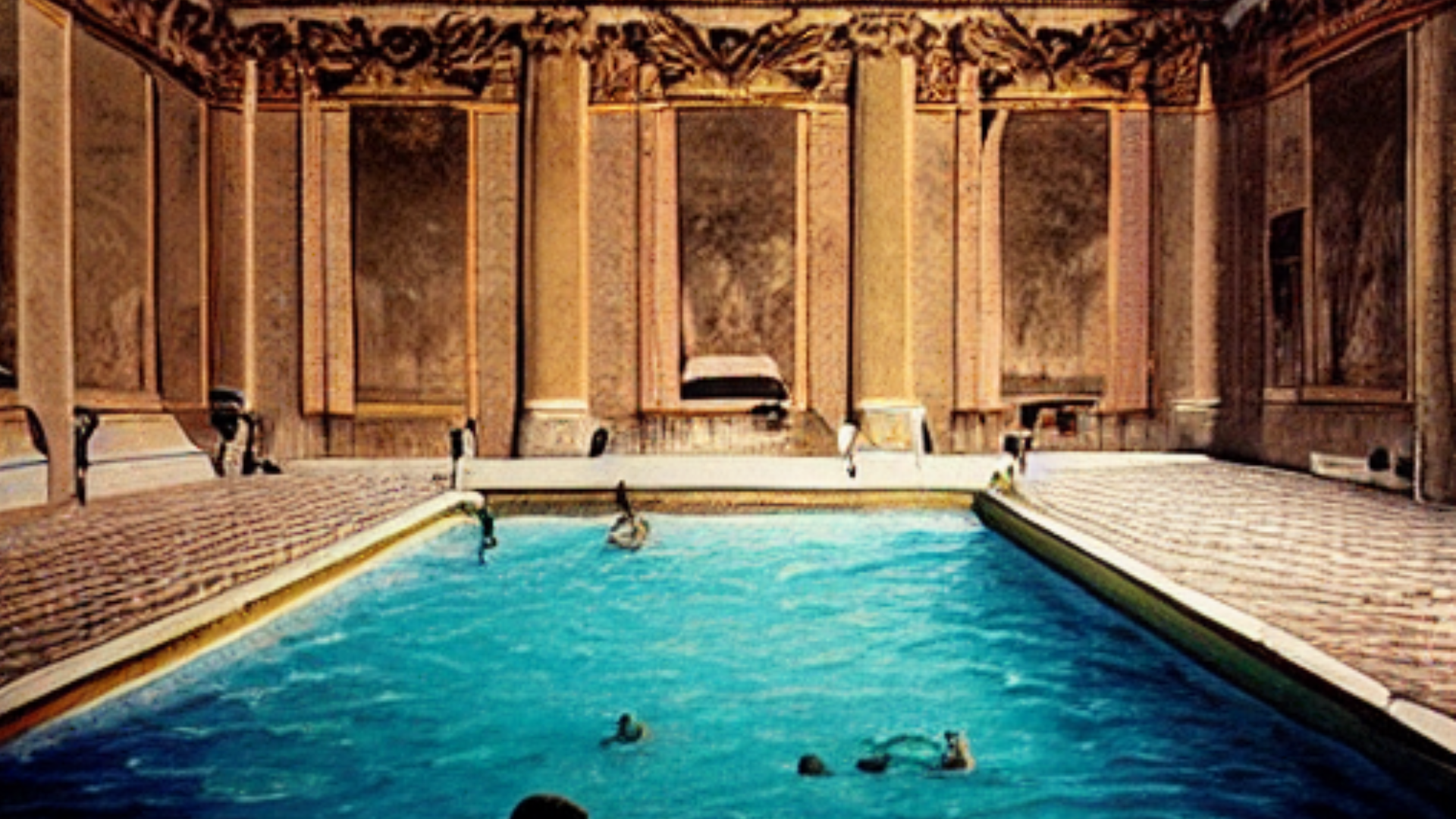
Ancient Rome and Roman baths
Ancient Rome was known for its intricate and luxurious rituals. Bathing was an important part of everyday life, both for its physical benefits as well as spiritual ones. The Romans had a passion for cleanliness and hygiene that meant they were constantly innovating new ways to keep themselves in pristine condition.
Public Baths in Rome
They were common throughout the Roman Empire, usually featuring different rooms with varying temperatures. In roman times, the Roman baths there was the tool called a Tepidarium, which was a warm room used for general cleansing before going into the Caldarium, which was heated to steamy temperatures. These heated spaces could also be used for therapeutic bath treatments such as massages and aromatherapy. People would often spend hours in these roman baths, socializing with friends or engaging in recreational activities like music or storytelling.
The Ancient Romans also placed great importance on personal hygiene. Most Roman homes did not have running water so people would make large vats full of hot water and use them for their own private baths at home. Many of these homes also featured intricate mosaic-tiled floors which were designed to be easily cleaned with a broom or cloth after sessions – ingenious! Soap was available in Ancient Rome but it wasn’t used in the same way we use it today; instead they combined fat with wood ash to create “soapwort” which could be used to cleanse fabrics or skin. Later on, Arab traders brought castile soap made from vegetable oils around 600 AD which became increasingly popular amongst the upper classes due to its superior cleaning power and luxurious scent.
Bathing wasn't just about getting clean - it was also seen as a form of spiritual purification, particularly amongst religious communities who believed that washing away one's sins could bring about emotional clarity and improved overall spirituality. This is why many religious ceremonies centered around washing were conducted at public baths across the empire in wooden tubs – some of which still exist today!
Of course, no discussion about Roman public baths would be complete without mentioning the famed Baths of Caracalla, located in Rome's city center and built by Emperor Caracalla himself between 211-217 AD. This enormous complex covered 33 acres and featured not just baths but gymnasiums, libraries, gardens and more – quite possibly the most luxurious public bathhouse ever built! It served as an extravagant place for citizens to socialize, relax and take part in various recreational activities such as boxing matches or theatrical performances; all while indulging in their favorite pastime – bathing!
It's amazing how much our modern practices have been influenced by these ancient hygiene techniques from centuries ago; from our obsession with keeping clean to our appreciation of natural ingredients like essential oils or herbs in our soaps today - all thanks to the Ancient Romans!
Bathing in the Middle Ages
The ancient practice of bathing has been utilized for centuries, and it was no different during the middle ages. Bathing was a vital part of life during the middle ages and held spiritual significance, as it was believed to cleanse people both physically and mentally. Despite its importance, public baths were frowned upon due to their association with immorality and lack of sanitation. Fortunately, private baths allowed people to remain clean while still being able to adhere to the morality codes of the time.
Bathing in the middle ages had many uses, including ridding oneself of dirt or disease as well as preparation for religious ceremonies. Due to common beliefs about cleanliness, many ancient cultures viewed water as holy and used it for healing purposes. In ancient Greece, for example, hot springs were thought to have medicinal properties that could cure physical ailments and even mental disorders such as anxiety or depression. We would come along way from these times with the tool called the first modern shower in the future western world.
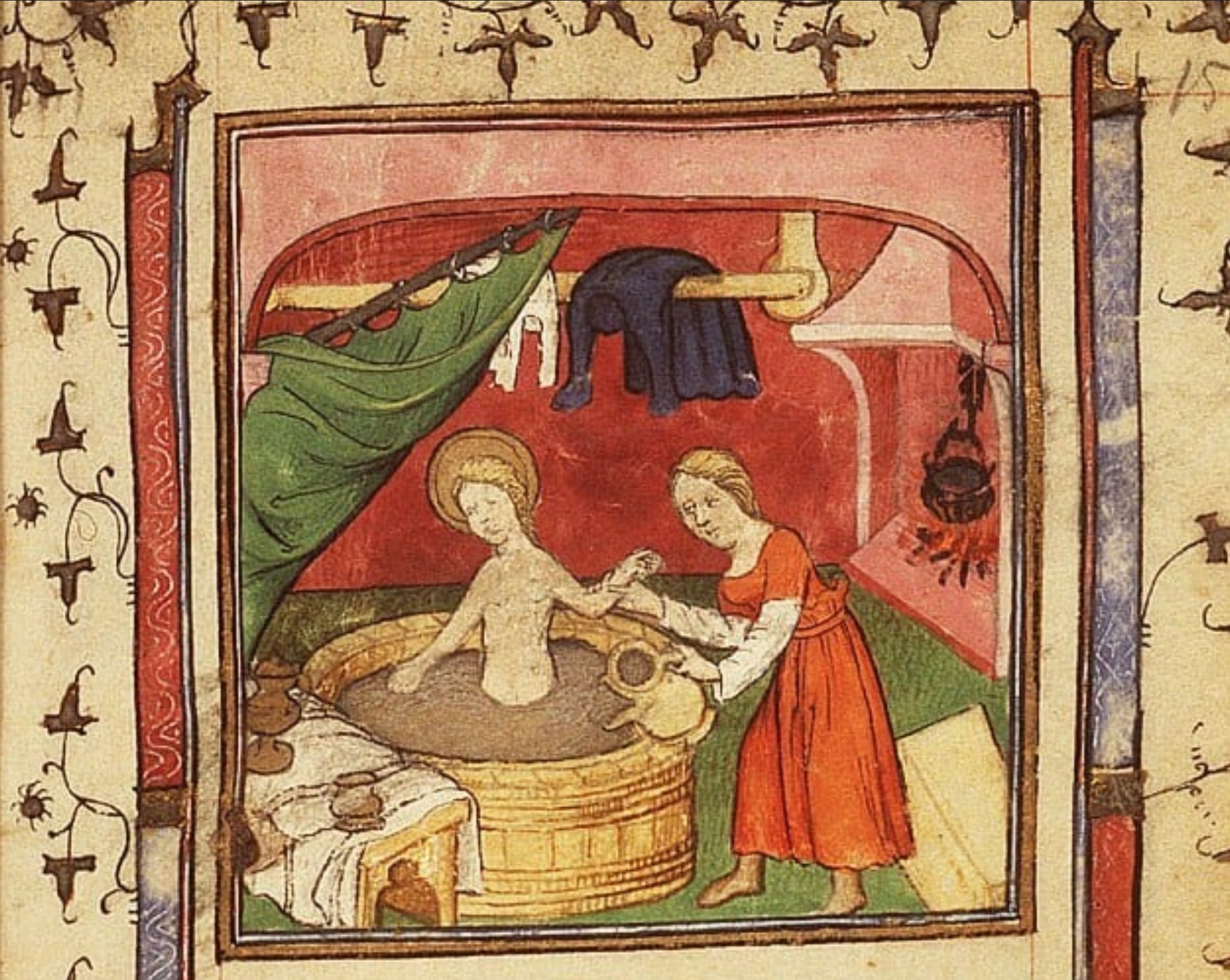
Private baths were quite popular during medieval times because most bathing offered a safe environment where people could bathe without fear of judgement or ridicule from others. These baths often consisted of a large tub filled with hot water that had been heated by wood burning fireplaces. Soap was also used in historic bathing rituals; during the Roman Empire, natural soaps made from animal fat mixed with ash were popular among wealthy citizens who preferred them over harsher lye-based soaps that served commoners.
During the Middle Ages there was much debate over whether women should be allowed to bathe naked; some argued against it while others believed it could be done if done respectfully and without lustful intentions - a challenge considering societal norms at the time were more conservative than modern standards today.
In terms of hygiene practices today, these bathing rituals still serve as an important reminder that hygiene is one way we can stay healthy and prevent illnesses from spreading throughout our communities. Public health initiatives such as hand-washing stations are one way we continue to employ ancient methods for keeping ourselves safe from germs and bacteria when soap isn't available—a lesson learned from past bathing techniques that remains relevant today!
Ottoman Empire and Turkish baths
The Hammam, also known as a “Mud Bath” or “Steam Room”. This bathhouse was common throughout from the 16th century onwards and continues to be popular amongst locals today. It typically consists of three rooms – a hot room (harare), a warm room (tepidarium) and a cold room (frigidarium). Visitors would move through all three rooms in a specific order, starting with the hottest area first; this was meant to help open up your pores, soften your skin and detoxify your body.
After entering the hot room, visitors would lie down on one of the marble slabs known as göbek taşı (“belly stone”) which were designed to help retain heat. Here too they could take advantage of treatments such as massages or exfoliating scrubs with special tools like kese mitts or loofahs. The final step in most hammams was to wash off all traces of sweat and soap residue away in one of the many showers before heading back out into the world feeling refreshed and invigorated!
While visiting a Turkish bath may sound fun and luxurious today, it wasn't always seen in such high regards – in fact it wasn't until recently that they started becoming popular amongst tourists around Europe, the Middle East, and North America. During much of their history they were seen as something to be avoided due to their reputation for disease-spreading bacteria caused by poor hygiene standards. As knowledge about bacteria improved over time, so did public confidence in them which eventually led them back onto more respectable footing.
Today they are still incredibly popular not only amongst locals but also tourists who flock from around the world looking for an authentic cultural experience that offers both relaxation as well as physical rejuvenation! For those looking for an extra indulgent treat there are even luxury hammams available which feature amenities such as heated pools, Jacuzzis, saunas and steam rooms – perfect for those long days exploring Istanbul or any other Middle Eastern city!
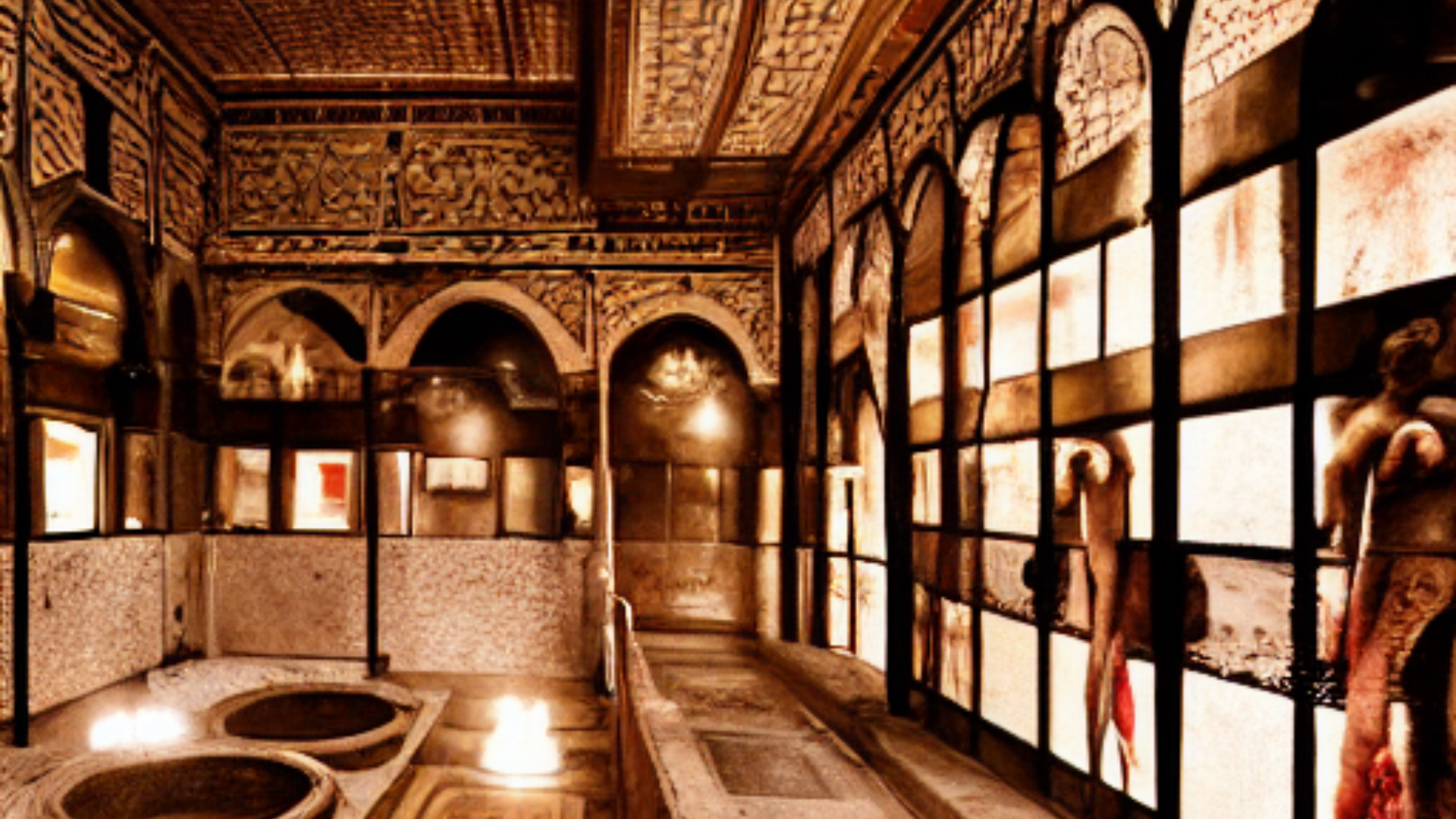
Steam Baths in Turkey
Steam baths, or hammams, have been a part of Turkish culture for centuries. The practice is thought to have originated in Anatolia during the Byzantine period, and it has been a popular form of hygiene and relaxation ever since. Hammams are found all over Turkey, from large cities to small villages, and they offer an effective way to cleanse the body while also promoting physical and mental wellbeing.
A typical hammam experience begins with an hour-long steam session where temperatures can reach up to 100 degrees Celsius. During this time, visitors use traditional bath accessories such as a kese (a scrubbing mitt) and black soap that is made from olive oil and laurel leaves to nourish their skin. After the steam session, people usually move onto the main room of the hammam where they lie down on heated marble slabs for another hour-long massage session designed to relax their muscles and improve circulation.
Bathing was a central part of everyday life in the Ottoman Empire. The Turks were well-known for their love of bathing and had a variety of public bathhouses where people could come to relax, socialize and enjoy the therapeutic treatments available. Explore how the Turks innovated new ways to keep themselves clean through inventing soapwort, castile soap and the Turkish bath. Examine how luxurious bathhouses like the Baths of Caracalla were built for citizens to indulge in their favorite pastime - bathing! Finally, discuss how modern practices still remain influenced by these ancient hygiene techniques from centuries ago.
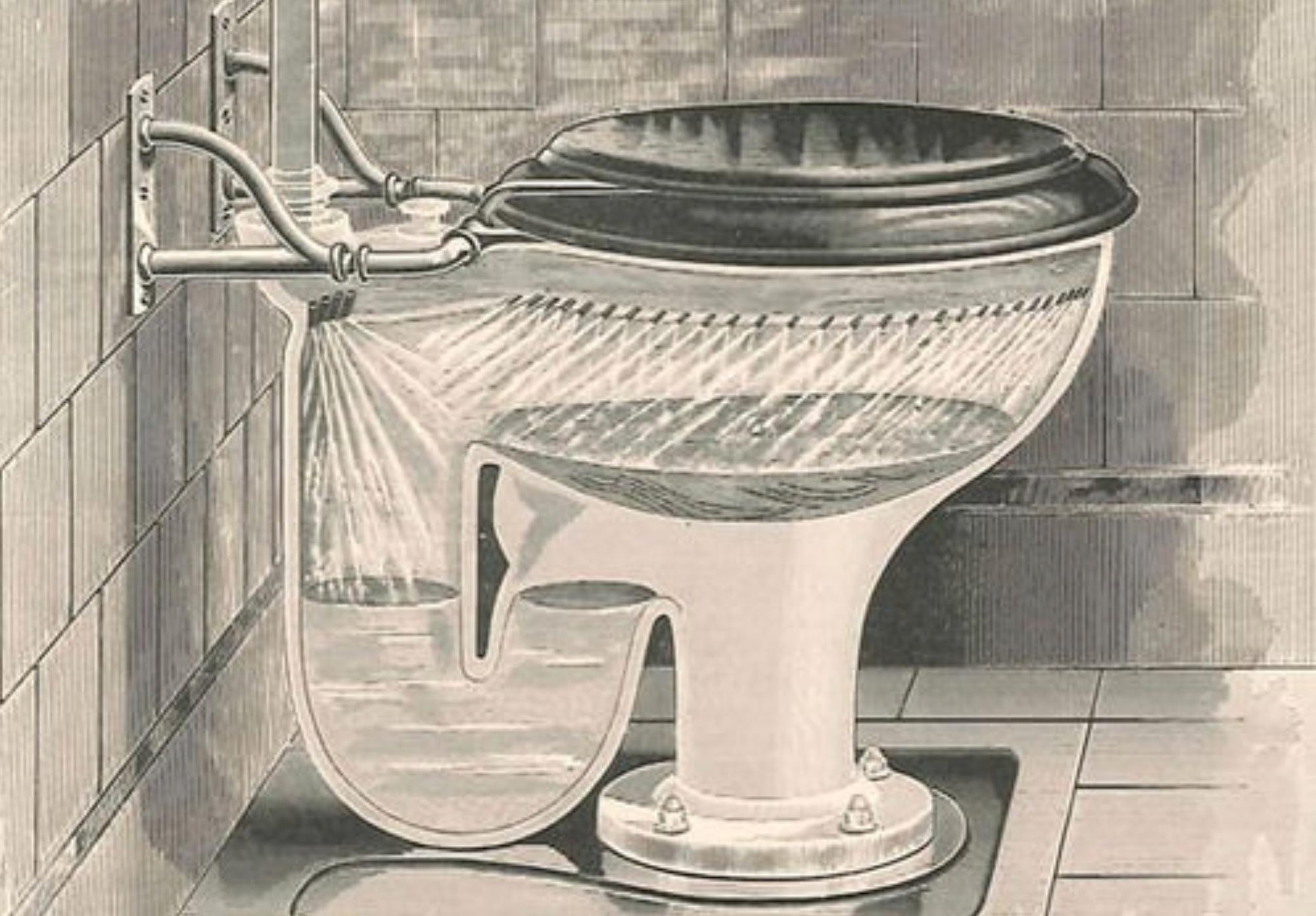
The invention of Indoor Plumbing
Bathing culture in other parts of the world also flourished during this period due to similar reasons such as improving health. In Japan, public baths were built during the early 700s AD but they were much smaller than those found in Rome; these were mainly used for relaxation rather than hygiene purposes. During this time period known as the Edo period (1603-1868), Japanese public baths boomed with over 30,000 being available across the country by its end! Bathing remains an integral part of Japanese culture today with homes often having their own special room and tub called an ‘ofuro’ specifically for rituals known as sentō (natural hot springs).
It wasn't until much later on when modern plumbing systems and sophisticated water systems were invented that people began to appreciate daily showers and daily baths and hygienic properties more than ever before - especially in Western countries such as Britain and America where bathing was mainly used for relaxation purposes prior to this development. Instant heating water, medical treatment was improved, one could be washing oneself much easier than before in the comfort of their own tub. This has led to our current societal bathing habits and the first modern shower.
The introduction of indoor bath rooms with separate rooms coupled with improved water supply led to the modern shower making it much easier for people to take regular baths at home versus public bathing; something which previously hadn't been possible before due improved infrastructure and disease prevention technology available at the time. By 1885, most bathing and showers had already become popular amongst households across Britain; a trend which quickly spread all over Europe shortly thereafter! Later on improved water treatment would bring instant warm water and small bathtubs to the everyday man not just wealthy people or rich people like roman times before.
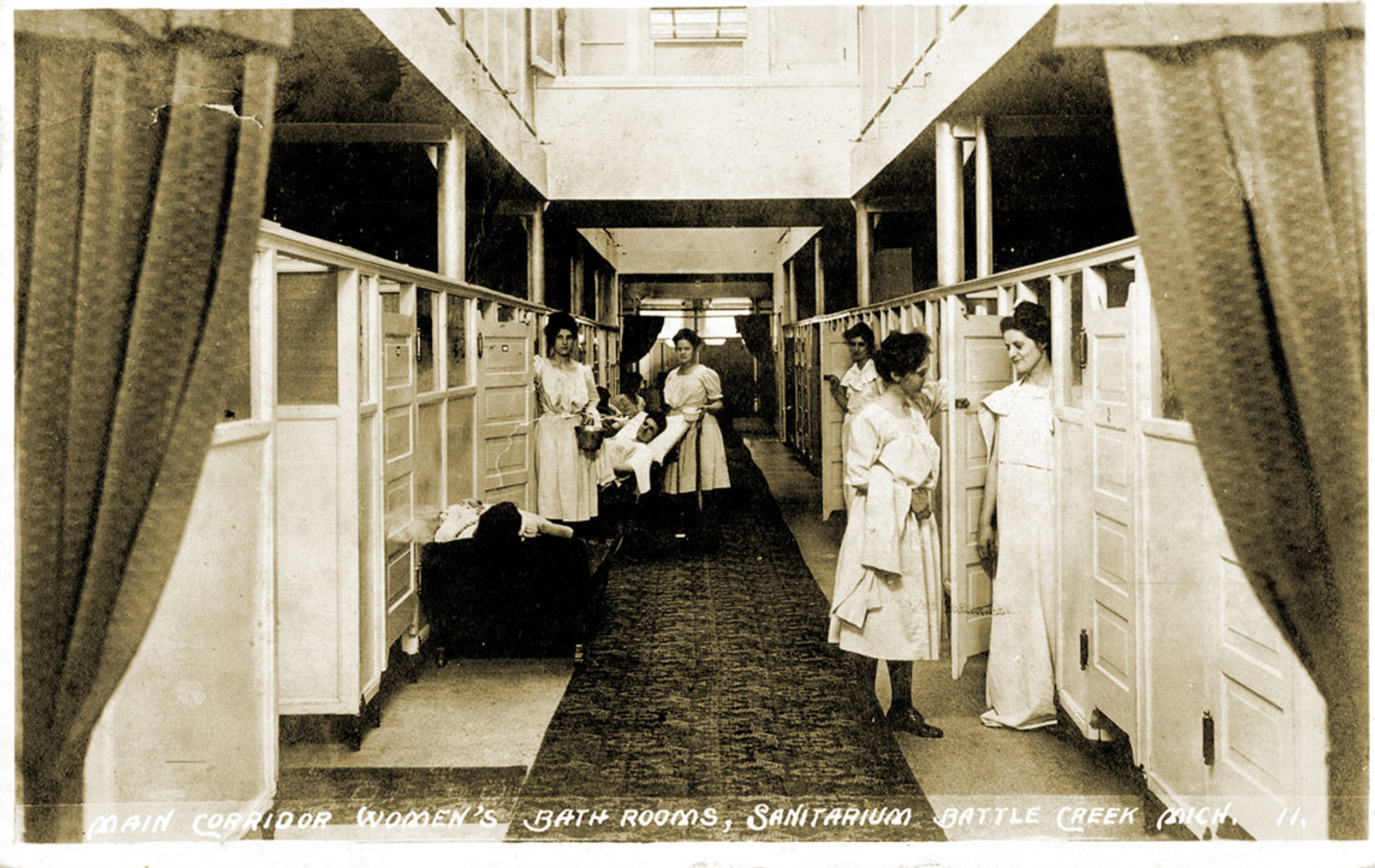
Modern Balneotherapy
The origins of 19th century modern balneotherapy can be traced back to a brief history of the Roman thermal baths constructed in the 1st century BC. These were built to provide not just a place for bathing but also as a communal gathering spot; one could partake in various recreational activities such as theatrical performances or boxing matches while socializing with other citizens. This form of cleansing was often seen as a form of spiritual purification, with bathhouses being places where one could rid themselves of their sins and gain clarity on their emotional state of being and release that from a person's head. Bathing with soapwort (a combination of fat and wood ash) was used to cleanse skin or fabrics. Later on, Arab traders brought castile soap made from vegetable oils around 600 AD which quickly grew in popularity amongst upper classes due to its superior power and scent.
These baths normally included different rooms for hot air baths, steam rooms, showers and cool pools – perfect for locals who wanted to cleanse themselves and pour water but weren’t able (or willing) to visit public bath houses due to safety concerns or religious beliefs. This type of bathing was believed to have medicinal effects such as improving circulation, alleviating stiffness or working as an anti-inflammatory agent; practices which remain largely unchanged today and have become a daily ritual for some to promote good hygiene, better health, and self care.
It wasn’t until much later on that indoor plumbing invented in the 19th century made it possible for people to enjoy a great bath that was a private bathing session in the bathroom without having to worry about safety or cleanliness concerns associated with public bath houses. This development of the personal bathroom and tub along with increased water supplies meant that frequent bathing had become much more accessible across Western countries such as Britain and America; something which had once been impossible before due improved infrastructure and technology available at the time. By 1885 showers and the wooden tub had already become popular amongst households across Britain; a trend which quickly spread all over Europe shortly thereafter!
Balneotherapy is now widely practiced across many parts of the world today not just wealthy people, from traditional small bathtubs and it found in Europe through to Japanese sento bath (warm water and hot springs) prevalent in Japan's Edo bath period (1603-1868) and buddhist temples. It is believed that these treatments offer numerous benefits including improved relaxation along with stress relief – making it no surprise that this type of therapy in wooden tubs continues to gain widespread popularity!
Cold Water Cure
Cold water therapy was developed in the 19th century as a way to treat illnesses with a bath, such as rheumatism, arthritis, and skin diseases. Sanatoriums were established which specialized in this form of treatment and became popular among those seeking relief from their ailments. The article should discuss how the practice has evolved over time, its various benefits, and any current research that supports cold water therapy as an effective method of treatment.
In the 21st century, thanks to Wim How a modern shower trend of cold showers are trending in the past several years. The Cold bath is also trending with biohackers and athletes.
Bathing in Modern Day
From the 19th century to present , bathing became an even more important part of everyday life. It would come to replace the first modern public bath. With the advent of indoor plumbing and modern water systems, hot and cold running water was available in most homes, making it easier to bathe regularly and keep clean in a separate room. The era of unsanitized history had come to an end. This trend grew as technology advanced, leading to showers becoming increasingly popular over baths. Showers were seen to be a quicker and more efficient way of to bathe and clean one's body compared to taking a bath. This is unfortunate considering how many therapeutic purposes a bath has.
The introduction of shower stalls, which allowed for privacy while showering, made showers even more appealing to the public. Manufacturers also began coming out with different kinds of showerheads that could provide a range of water flow and pressure settings so that users could customize their shower experience even further. In homes where space was limited, standing showers tended to be favored over tubs as they were easier to install and maintain.
The rise of physical exercise led to a rise in hygiene products such as exfoliating soaps, body scrubs, loofahs and sponges, people had even more options for cleansing themselves during their bathing rituals. Society has come a long way since medieval times! These products enabled people to not only get rid of dirt and sweat from their bodies but also help exfoliate dead skin cells from their faces and bodies – something which is beneficial for overall health as well as skin aesthetics!
Bathing also gained popularity amongst athletes who used it for recovery from exercise-induced fatigue and soreness. Athletes found that hot baths or saunas after strenuous activity helped reduce muscle soreness by promoting relaxation, increased circulation and reduced inflammation in the muscles. This practice has since become known as hydrotherapy or balneotherapy and is still widely used today by athletes across all levels!
Up Next:
We believe that The Perfect Bath consists of Temperature, Minerals, and Carbonation.
Our Revival Bath Soak is hands down the best mineralizing bath soak.
Read more about the Three Pillars of The Perfect Bath


Leave a comment